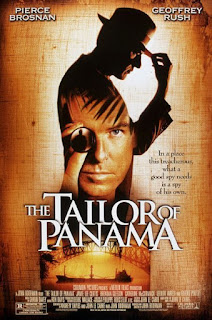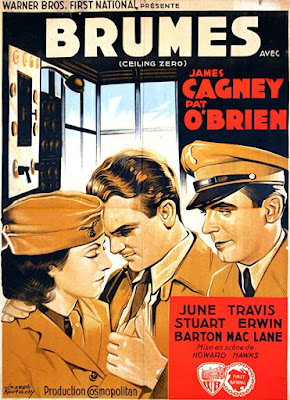After MEN IN BLACK/’97 hit, star Will Smith & director Barry Sonnenfeld must have received the proverbial blank check (twice the budget*; End Credits song for Smith) to make this long aborning/franchise-ready project, an over-stuffed reboot of the Old West meets MISSION IMPOSSIBLE ‘60s tv series. It got a bad rap from young ‘Boomers,’ unwilling to accept any change in tone (and in color?), hating its ADHD plotting and can-you-top-this stunts, earning a mere third MiB’s revenue and bearing no sequel. Just results, but also something of a shame since you can see the film this might have been in a pleasingly meandering reel midway along that finds leads Smith and quick-change brainiac partner Kevin Kline, Special Agents to President Grant, lost in the desert and trying to get back in the action. Momentarily, the film drops the snark, the relentless pace & elaborate effects for bromantic bonding that advances the plot while adding character notes. Then, it’s back to mad scientist Kenneth Branagh (almost as short as ‘little person’ Michael Dunn was in these roles on tv) and his noisy power grab for the whole U.S. of A. The film swept two of those Worst Film Award Shows, yet except for some misconceived race/lynching gags, it’s not nearly as bad as rumored. For that, there’s Johnny Depp’s LONE RANGER/’13 which is also 40 minutes longer.
ATTENTION MUST BE PAID: Good looking/good sounding thanks to cinematographer Michael Ballhaus on his one & only Western and composer Elmer Bernstein on his umpteenth. Cool professionalism (in a good way) in the midst of chaos.
SCREWY THOUGHT OF THE DAY: *Here's another film that would have almost certainly have been better with one-fifth the budget.































